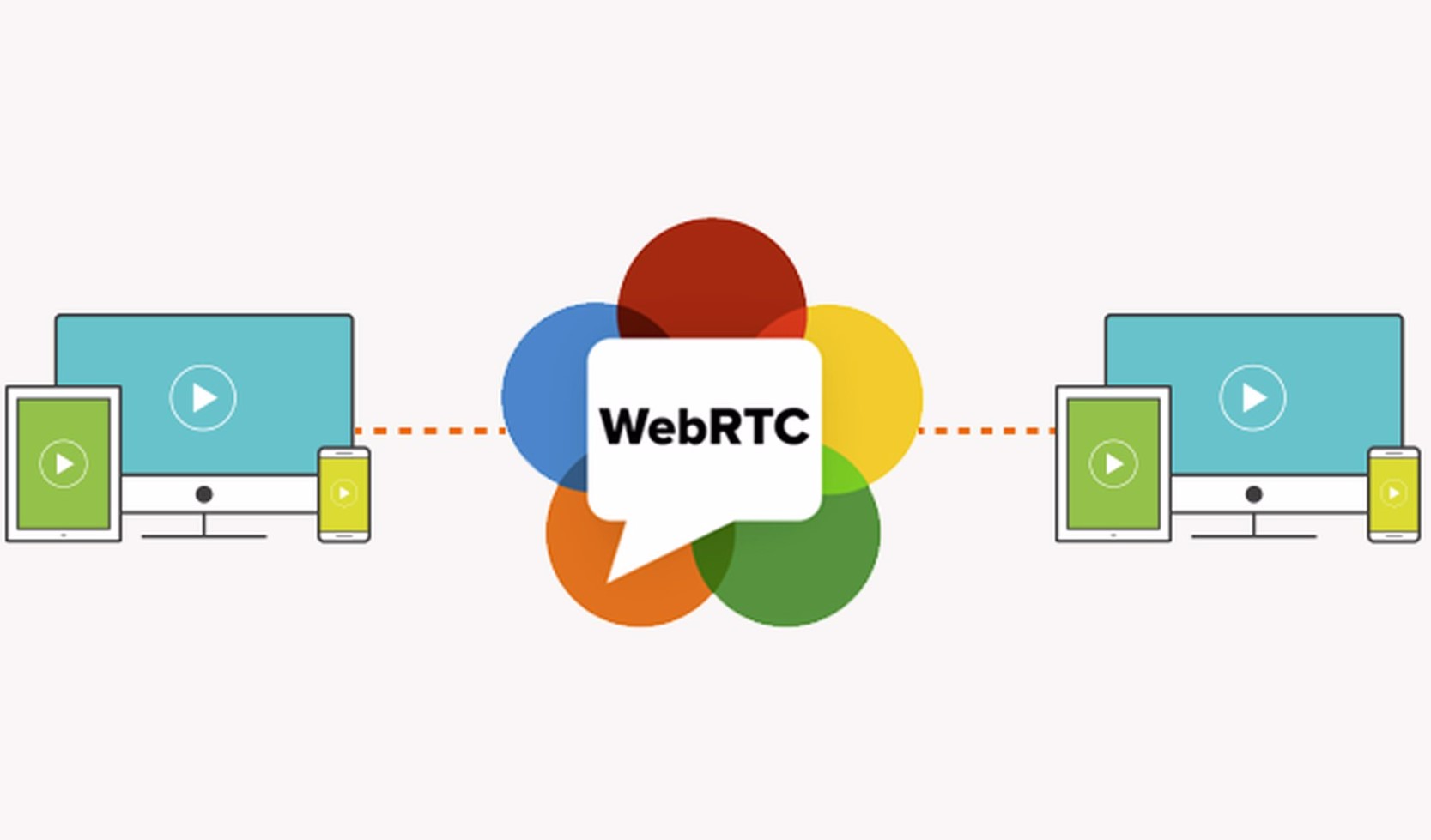In today’s digital age, effective communication is crucial for the success of any business. With the advent of WebRTC (Web Real-Time Communication), companies can harness the power of real-time audio, video, and data exchange directly within web browsers. This article explores the benefits of WebRTC and why it is a game-changer for businesses of all sizes.
What is WebRTC?
WebRTC is an open-source technology that enables real-time communication between browsers, allowing users to engage in video calls, voice calls, file sharing, and screen sharing without the need for plugins or additional software. It leverages JavaScript APIs and peer-to-peer connections to facilitate seamless communication.
Advantages of WebRTC for Business
WebRTC offers numerous advantages that make it an indispensable tool for businesses:
1. Seamless Integration
WebRTC seamlessly integrates with existing web applications, making it easy to incorporate real-time communication features. By leveraging this technology, businesses can enhance their customer service, collaboration, and internal communication processes.
2. Cost Savings
Traditional communication methods often come with significant costs, such as long-distance charges, hardware investments, and maintenance expenses. WebRTC eliminates many of these costs by utilizing internet connectivity and existing devices, resulting in substantial savings for businesses.
3. Enhanced Customer Service
WebRTC enables businesses to provide exceptional customer service by incorporating real-time communication channels directly into their websites or applications. Customers can connect with support representatives, resolve issues faster, and receive personalized assistance, leading to improved satisfaction and loyalty.
4. Improved Collaboration
With WebRTC, teams can collaborate effectively regardless of their physical locations. Real-time video conferencing, screen sharing, and document collaboration empower employees to work together seamlessly, fostering innovation, productivity, and a sense of community within the organization.
Enhancing Communication with WebRTC
Real-time Collaboration and Customer Support
WebRTC enables businesses to offer real-time collaboration tools and customer support directly through their websites. By incorporating features like live chat, voice calls, or video conferences, companies can interact with customers in a more engaging and personalized manner, strengthening relationships and increasing conversions.
WebRTC and Remote Work
In an increasingly remote work environment, WebRTC plays a pivotal role in enabling efficient communication and collaboration among remote teams. Through video calls, virtual meetings, and screen sharing capabilities, employees can stay connected, share ideas, and work together regardless of their physical locations.
WebRTC and Cost Savings
WebRTC eliminates the need for expensive communication hardware and software licenses. Businesses can leverage existing devices, internet connectivity, and open-source solutions to achieve cost savings while maintaining high-quality real-time communication capabilities.
Implementing WebRTC in Your Business
To implement WebRTC effectively, follow these steps:
- Assess your business needs and identify the areas where WebRTC can add value.
- Choose a reliable WebRTC framework or library that aligns with your requirements.
- Develop or integrate WebRTC features into your existing web applications or create new ones.
- Test the implementation thoroughly to ensure compatibility and functionality across various browsers and devices.
- Train your employees on using WebRTC features and promote its benefits within your organization.
Security and Privacy Considerations
While WebRTC offers numerous advantages, it’s essential to address security and privacy concerns. Implement secure protocols, ensure data encryption, and regularly update your systems to protect against potential vulnerabilities. Additionally, educate your employees about best practices for maintaining data privacy and security during real-time communication sessions.
WebRTC vs. Traditional Communication Technologies
WebRTC provides a range of advantages over traditional communication technologies:
- Ease of use: WebRTC requires no additional software installations or plugins, making it convenient for users.
- Cost-effectiveness: WebRTC reduces costs associated with long-distance communication and proprietary hardware.
- Accessibility: WebRTC works across different browsers and devices, ensuring broad accessibility for users.
- Scalability: WebRTC allows for seamless scalability as businesses grow, accommodating increased communication needs.
Future Trends and Developments
As technology continues to evolve, WebRTC is expected to undergo further advancements. Potential future trends include:
- Integration with IoT devices for enhanced communication capabilities.
- Augmented reality (AR) and virtual reality (VR) integration for immersive collaboration experiences.
- Continued improvements in security protocols to address emerging threats.
Conclusion
In today’s fast-paced business landscape, effective communication is vital for success. WebRTC empowers businesses with real-time communication capabilities that enhance customer service, enable seamless collaboration, and drive cost savings. By leveraging the benefits of WebRTC, businesses can stay competitive, foster innovation, and deliver exceptional user experiences.
FAQs
FAQ 1: How does WebRTC benefit customer service?
WebRTC enables businesses to offer real-time communication channels directly on their websites, allowing customers to connect with support representatives via live chat, voice calls, or video conferences. This enhances customer service by providing instant assistance, personalized interactions, and quicker issue resolution.
FAQ 2: Is WebRTC compatible with different devices and browsers?
Yes, WebRTC is designed to be compatible with major web browsers such as Chrome, Firefox, Safari, and Opera. It also supports various devices, including desktop computers, laptops, smartphones, and tablets, ensuring broad accessibility for users.
FAQ 3: Can WebRTC be integrated with existing communication systems?
Yes, WebRTC can be integrated with existing communication systems through APIs and software development. By leveraging WebRTC’s open-source nature, businesses can incorporate real-time communication capabilities into their current infrastructure, enhancing their communication processes without significant disruptions.
FAQ 4: Are there any potential security risks with WebRTC?
While WebRTC itself is secure, there are potential security risks associated with the implementation and handling of real-time communication. It’s crucial to follow best practices, such as implementing secure protocols, data encryption, and regularly updating systems to mitigate security vulnerabilities.
FAQ 5: How can I get started with implementing WebRTC?
To get started with WebRTC, assess your business needs, research reliable WebRTC frameworks or libraries, and choose one that aligns with your requirements. Then, develop or integrate WebRTC features into your web applications, thoroughly test the implementation, and train your employees on using the new communication capabilities.

